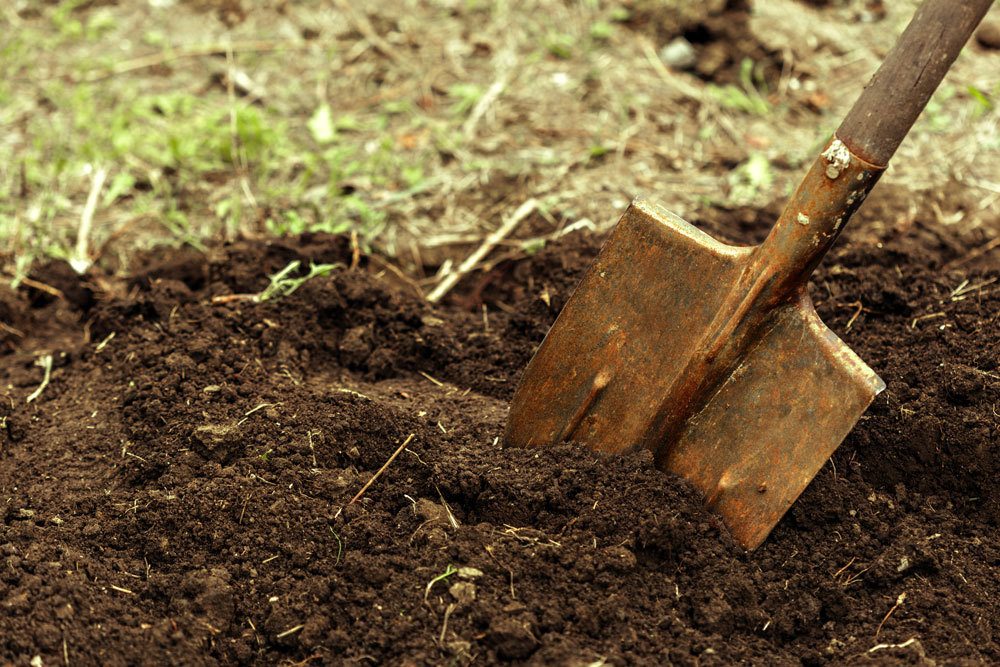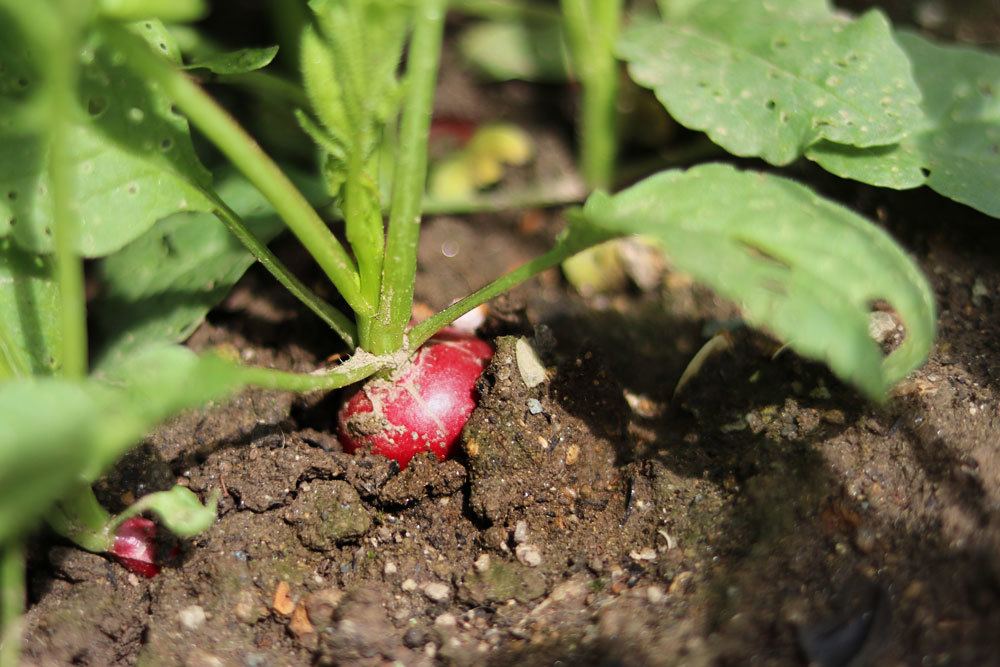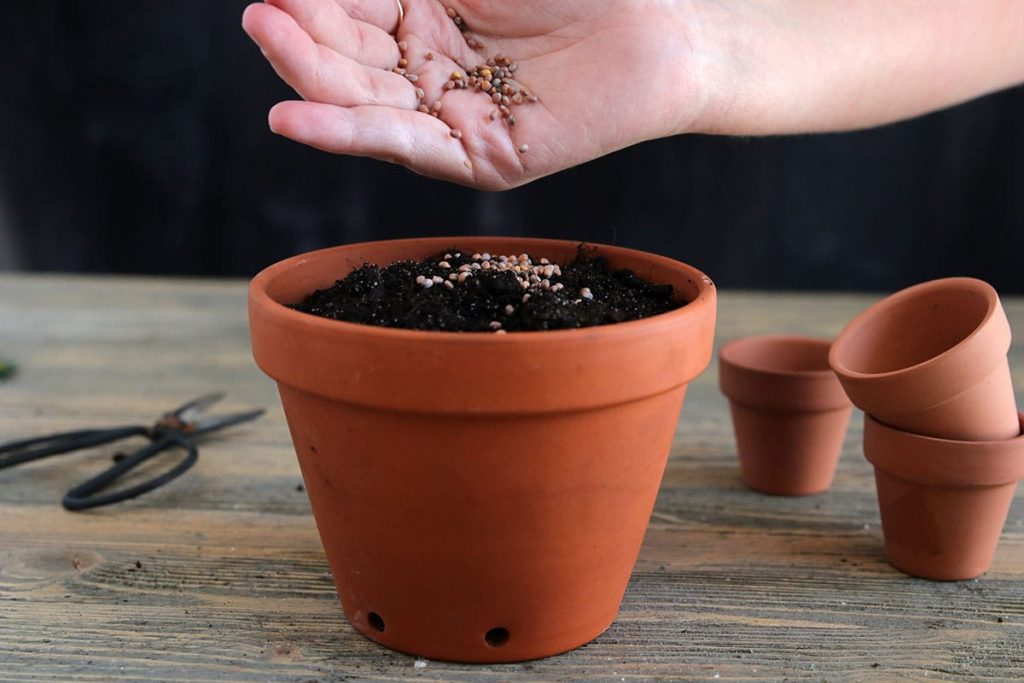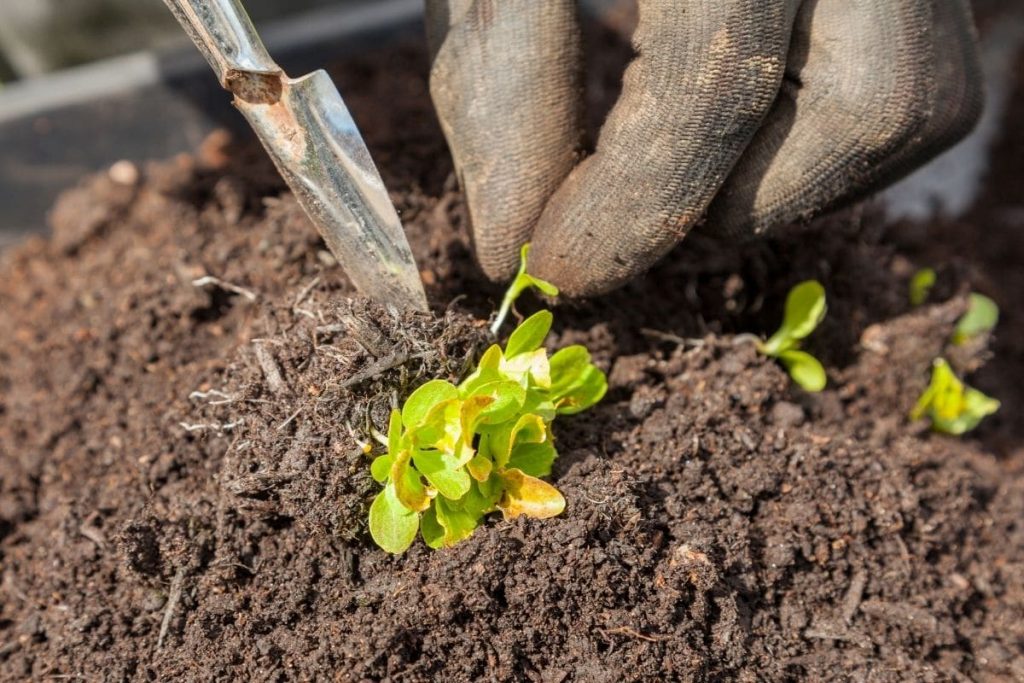Sowing radishes is very simple, as long as the correct timing, spacing and depth. As a result, the plants will thrive ideally and the harvest will be abundant.
- Radishes can be grown in advance
- Maintaining the required spacing ensures successful growth
- Preparation of the bed is necessary
- Seeds must be only slightly covered with soil after sowing
- Keeping the spacing is also necessary for harvesting
Contents
- 1 Preparation
- 2 Early varieties
- 3 Summer varieties
- 4 preplanting
- 5 Planting distance
- 6 Depth
- 7 Pricking out
- 8 Distance to planting partners
- 9 Frequently asked questions
- 10 Can radishes also be grown on balconies and terraces?
- 11 Can several different varieties be planted in succession?
- 12 Why is the choice of radish variety appropriate for sowing important?
- 13 Author
Preparation
For sowing or preplanting radishes in the spring, the bed is ideally prepared in the fall. This requires the following steps:

- Digging over: Digging over serves to loosen the substrate and incorporate new nutrient-rich substances, such as compost. The soil should be dug to a depth of 20 to 30 centimeters.
- Remove foreign matter: Roots and stones can restrict radish growth and should be removed before sowing or planting.
- Sift soil: Sifting the substrate also removes smaller foreign bodies and roots. It also effectively loosens the soil.
- Introduce nutrients: Compost, horn meal or special vegetable fertilizer can be used to enrich the soil with nutrients. The advantage of preparing in the fall is that these are distributed more evenly by microorganisms and living organisms in the soil and are directly available to the young plants in this way in the spring.
- Smoothing: Smoothing prevents puddles from forming or the need to prepare the bed again in the spring.
- Timing by variety
- When is the right time to sow radish seeds depends on the variety. A distinction is made between spring varieties and summer varieties. The varieties for spring are, for example:
- Cyros
- Flamboyant
- French Breakfast
- Corundum
- Saxa
Early varieties germinate at lower temperatures, making them suitable for harsher climates. Radishes for summer require warmer soil. Among them are:

- Carnita
- Champion
- Matter
- Olivia
- Prince Rotin
- Rexe
- Giant butter
- Rondell
- Rota
- Sora
- Vitessa
Note: The advantage of these later varieties is that they do not tend to shoot and do not become furry in heat and drought. The early varieties, on the other hand, show more resistance to cold.
Early varieties
Early germinating radishes require temperatures of 12 to 15 degrees Celsius. Therefore, in regions with mild climates, they can often be sown directly into the bed as early as late February or early March.
Tip: Covering with a film or fleece can accelerate germination and later protect the young plants.
Summer varieties
Later varieties of radishes known in botanical terminology as Raphanus sativus var. sativus require temperatures of at least 15 degrees Celsius. Therefore, you can sow these radishes from about the middle or end of May.
preplanting
An alternative to direct sowing is preplanting. For this purpose, the seeds are placed in seed pots and grown in a greenhouse, conservatory or staircase. The only important factors are the right temperatures for the variety, sufficient light and water.
Radishes, which belong to the radishes, are so-called weak growers. This means that the substrate does not need to have a high nutrient content. Therefore, especially for the seeds, sowing soil is quite sufficient. When they are later planted in the prepared bed, they have sufficient nutrients available to them through the incorporation of compost or appropriate fertilizer.

Planting distance
Between the rows should be a distance of at least 15 centimeters. It should be taken into account that there is enough space for easy harvesting.
Placing narrow paving slabs in the middle of the rows has the advantage of keeping weeds out as well.
There should be a planting distance of eight to twelve centimeters between the individual seeds or preplanted plants. This ensures that each radish receives sufficient water and nutrients. In addition, there should be sufficient ventilation. Pests and diseases, such as fungi, thus have less chance of spreading quickly.
Depth
A layer of one to two centimeters on the seeds is quite enough. It is ideal and simple to make a groove in the bed and place the seeds one by one at the appropriate intervals.
Next, apply the soil in a thin layer and lightly tap it. Finally, water the seed well and, if necessary, cover with foil or fleece.
The same planting distance applies to preplanted radishes. However, these can be planted directly with the substrate in prepared holes.
Pricking out
If you plant the seeds too close together or do not use special growing pots, you will need to prick out the young plants. This means that you need to remove the plants from the soil one by one and replant them at a greater distance from each other.
This measure is possible when the cotyledons are visible and about two to three centimeters high.

Distance to planting partners
Some planting partners can help minimize the risk of pest infestation, and thus the risk of disease transmission, in a mixed crop. These include:
- Herbs, such as basil, sage or parsley.
- Carrots
- Lettuce
- Tomatoes
While a distance of 15 centimeters per row between radishes and eight to twelve centimeters between plants is sufficient, for larger plants, such as tomatoes or lovage, be careful not to create too much shade.
More space between the plants is advisable. You should make this dependent on the respective larger plants.
Frequently asked questions
Can radishes also be grown on balconies and terraces?
Yes, cultivation is even possible indoors. Important are only sufficiently large plant pots and the appropriate temperatures. In addition, care should be taken to ensure an appropriate supply of water and nutrients, since in tubs and boxes there is less soil and thus a smaller reservoir available.
Can several different varieties be planted in succession?
Since the radish species is a weak grower, it is possible to sow several different varieties within a few weeks in the same bed. In this way, not only is variety in taste provided, but also frequent and continuous harvests are guaranteed throughout the season.
Why is the choice of radish variety appropriate for sowing important?
As with all other plants, different varieties or cultivars can be found. These are adapted to different temperatures. For example, if an early variety is chosen, it may shoot at too high temperatures and direct more energy to the growth of leaves than to the formation of tubers.

